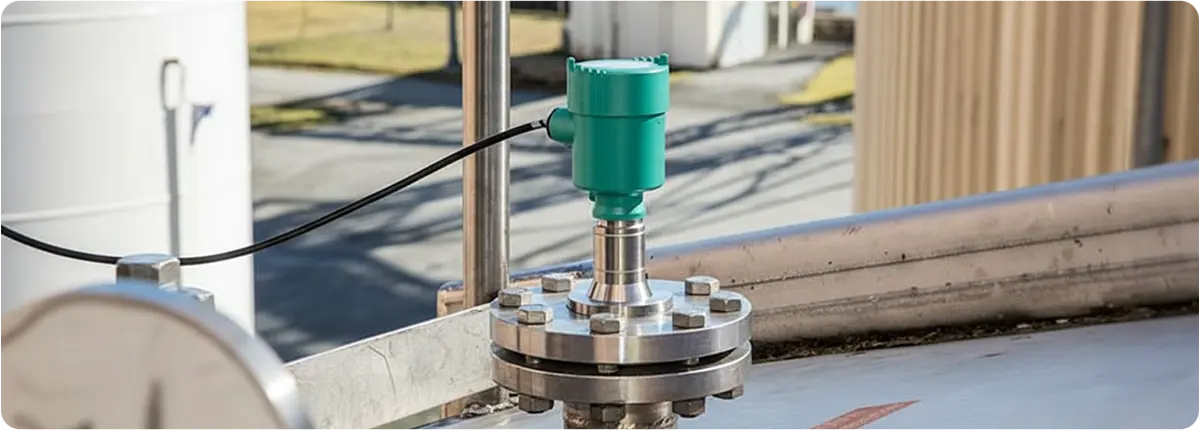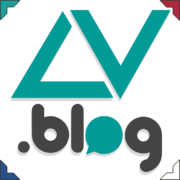Radar Level Transmitters and Industrial Applications
Radar level transmitters are non-contact measurement devices that use electromagnetic waves to measure the level of liquids and solids. Compared to ultrasonic and hydrostatic measurement methods, they provide higher accuracy and ensure reliable performance even under harsh process conditions.

WORKING PRINCIPLE
Radar transmitters emit microwave signals toward the material surface and measure the time taken for the reflected signal to return.
Formula: d = (c × t) / 2
Where:
d: distance (m)
c: speed of light (3 × 10⁸ m/s)
t: round-trip time (s)
The difference between the tank height and this measured distance provides the actual material level. Modern 24 GHz and 80 GHz radar technologies offer superior resolution and narrower beam angles.
TYPES OF RADAR
- Guided Wave Radar (GWR): Uses a probe or cable to guide the signal, ideal for tanks with foam, vapor, or dust.
- Non-Contact Radar: Uses an antenna to transmit signals, suitable for high-pressure, high-temperature, and aggressive chemical environments.
STRUCTURAL FEATURES
- Body materials: stainless steel, PTFE coating
- Output signals: 4-20 mA, HART, Modbus, Profibus
- Protection class: IP67 – IP68
- Explosion-proof versions (ATEX & IECEx)
- Accuracy up to ±2 mm
ADVANTAGES AND LIMITATIONS
Advantages:
- Minimal influence from foam, vapor, and dust
- High accuracy and reliability
- Long measuring range (up to 70 m)
- Withstands harsh process conditions
Limitations:
- Proper antenna alignment and mounting are critical
- Build-up on antenna surfaces may affect accuracy
- Generally more expensive than ultrasonic methods
SELECTION CRITERIA
- Tank height and geometry
- Physical properties of the measured material
- Process conditions (temperature, pressure, vapor, dust)
- Communication protocol requirements
- Desired measurement accuracy
APPLICATION AREAS
- Chemical and petrochemical industries
- Oil and gas storage tanks
- Power plants
- Food and beverage industry (hygienic design models)
- Water and wastewater treatment plants
STANDARDS
- IEC 61326 (electromagnetic compatibility)
- ATEX & IECEx certifications (for explosive atmospheres)
- EHEDG (hygienic design – food industry)
CONCLUSION
Radar level transmitters are among the most preferred measurement devices in modern industry due to their non-contact measurement capability, high accuracy, and robustness under challenging process conditions.
 Convalve
Convalve Convalve
Convalve